Plants The Romans Gave Us
What did the Romans ever do for us? Well, in terms of gardening, far more than most people are aware of. Were it not for the Romans, our diets, our gardens and our countryside might look very different from how it looks today. The Romans collected plants, for eating, or for medicine, from all over their Empire and left many plants in their wake as they moved into and travelled across Europe.
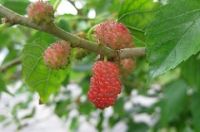 Our vegetable gardens and the plants we are used to eating are very much shaped by the Roman diet. Many familiar edible plants were imported and introduced by the Romans, including garlic, onions, leeks, radishes, cucumbers, peas, lentils, mulberries, pears, sour cherries, plums and damsons and several others. Early carrots, bearing little resemblance to modern varieties, were also introduced by the Romans. Many of these plants were not widely known before their arrival.
Our vegetable gardens and the plants we are used to eating are very much shaped by the Roman diet. Many familiar edible plants were imported and introduced by the Romans, including garlic, onions, leeks, radishes, cucumbers, peas, lentils, mulberries, pears, sour cherries, plums and damsons and several others. Early carrots, bearing little resemblance to modern varieties, were also introduced by the Romans. Many of these plants were not widely known before their arrival.
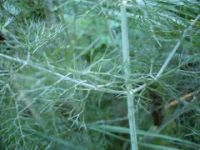 In addition, the Romans introduced nut bearing trees to the south, such as walnut, pine nut, almonds and sweet chestnuts. Box is likely also to have been introduced by the Romans. The Romans also imported and introduced parsley, sage, rosemary, thyme, bay, black pepper, coriander, dill, probably fennel, white mustard and many others.
In addition, the Romans introduced nut bearing trees to the south, such as walnut, pine nut, almonds and sweet chestnuts. Box is likely also to have been introduced by the Romans. The Romans also imported and introduced parsley, sage, rosemary, thyme, bay, black pepper, coriander, dill, probably fennel, white mustard and many others.
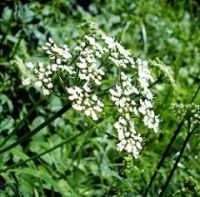 Some plants that are today regarded as weeds were introduced by the Romans, who grew them as vegetables. One notable example is ground elder, which is a problem in many gardens but which can be eaten and tastes good, especially when leaves and shoots are young in the spring. Alexanders were used by the Romans as a pepper substitute.
Some plants that are today regarded as weeds were introduced by the Romans, who grew them as vegetables. One notable example is ground elder, which is a problem in many gardens but which can be eaten and tastes good, especially when leaves and shoots are young in the spring. Alexanders were used by the Romans as a pepper substitute.
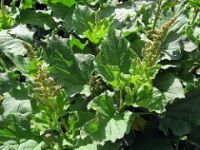 Another useful vegetable often considered a weed is Good King Henry, also believed to have been introduced by the Romans. It can be used as a substitute for both asparagus and spinach.
Another useful vegetable often considered a weed is Good King Henry, also believed to have been introduced by the Romans. It can be used as a substitute for both asparagus and spinach.
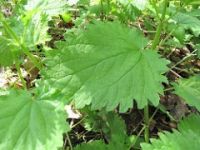 Stinging nettles, another edible weed, are also believed to have been introduced by marching Roman armies. It is said that the soldiers used to flog themselves with nettles to keep warm on their long, cold marches in the northern climate. This spread the seeds up and down the country. A number of other seeds were spread, it is said, by the movement of the marching Roman army.
Stinging nettles, another edible weed, are also believed to have been introduced by marching Roman armies. It is said that the soldiers used to flog themselves with nettles to keep warm on their long, cold marches in the northern climate. This spread the seeds up and down the country. A number of other seeds were spread, it is said, by the movement of the marching Roman army.
The history of the foods we eat and grow and the plants we see around us are long and often complex. What is clear is that we have a lot to thank the Romans for when it comes to how we garden and the green landscapes around us.